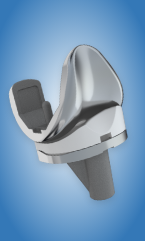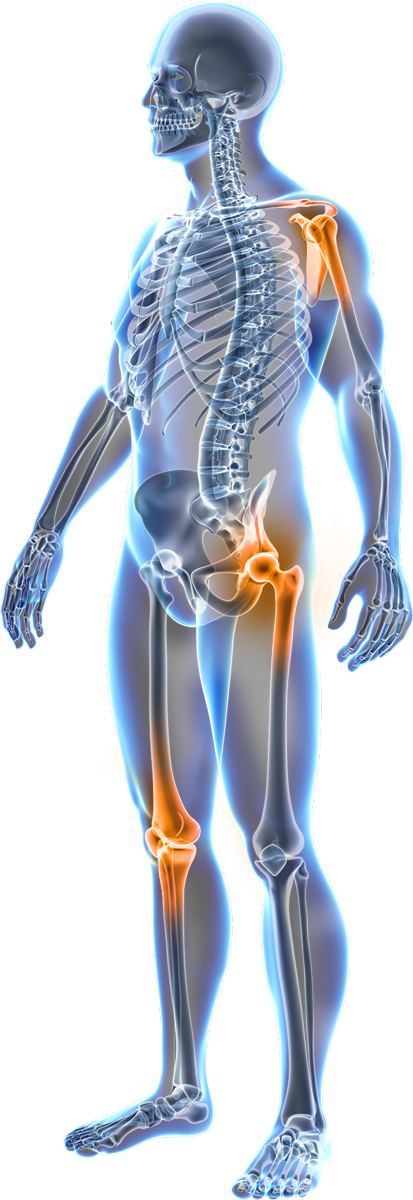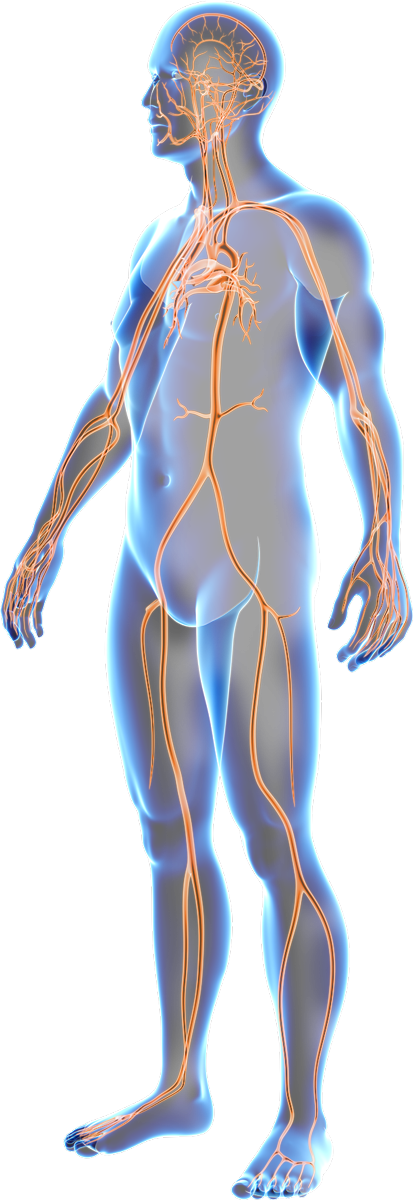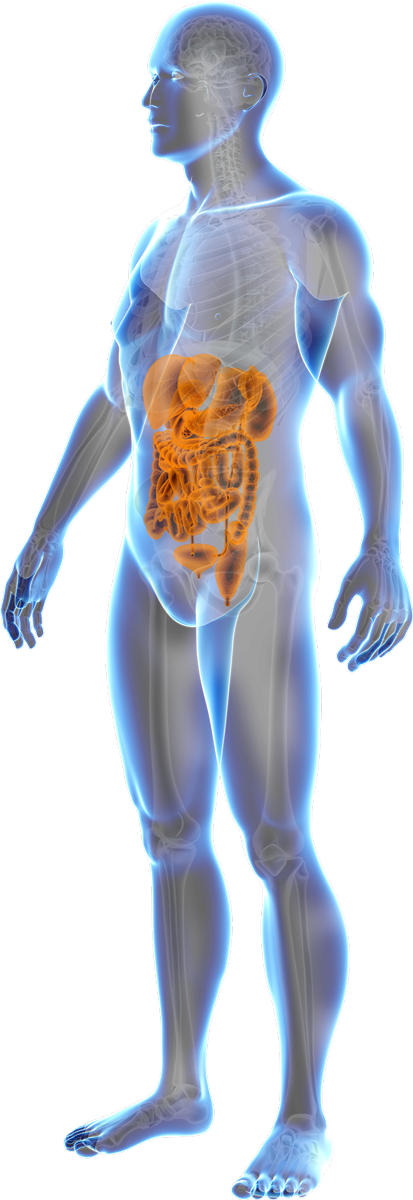Loading...
Mobilizing Excellence, Embracing Movement
Orthopaedic Solutions with Care and Precision Use
Unlocking Life's PathwaysGlobally
Accessible and High-Quality Interventional Care
Pushing Boundaries forInnovation and Surgical Excellence
Healing Humanity, Powered by Science
THE PILLARS OF TRANSFORMING HEALTHCARE
Biorad Medisys is built upon three foundational pillars: Orthovasive, Neurovasive, and Indovasive. These pillars represent the company's commitment to advancing human well-being through science and innovation. Biorad Medisys is dedicated to redefining the healthcare landscape and improving the quality of life for individuals around the world.
QUICK LINKS
















